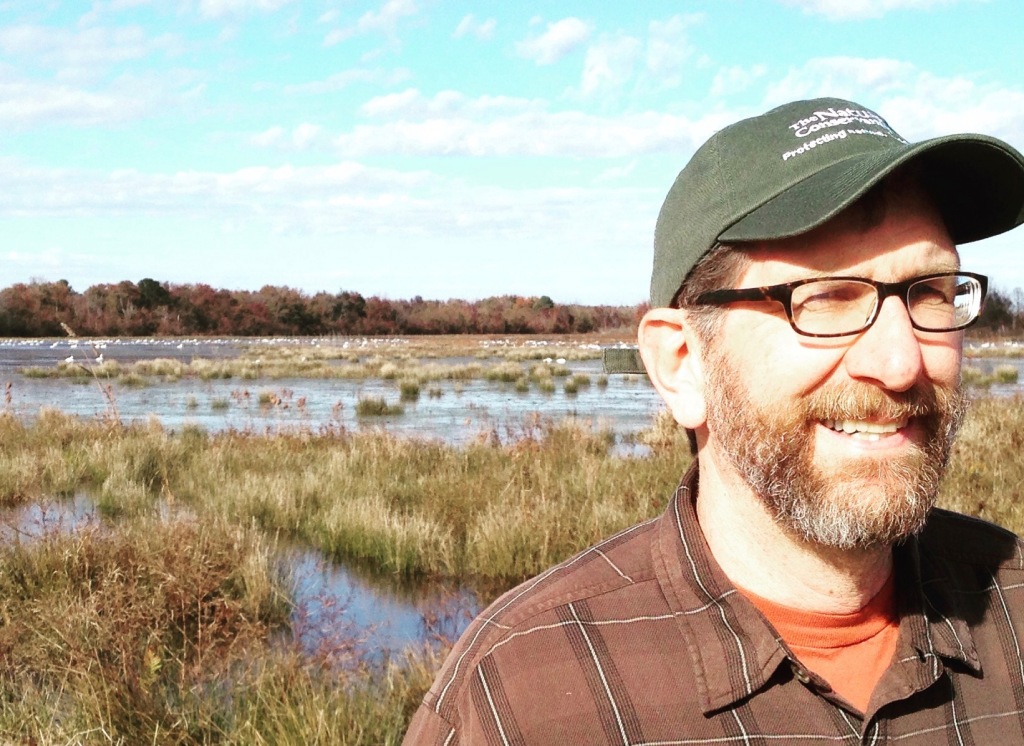The book “Where the Crawdad Sings” has been a tremendous literary hit, but why? It’s a “great read” as everyone says, and the wonderful audio version engaged me on a long two-day drive. But its rise did not follow the usual path of the books you can find at Target. The initial printing was only 28,000 copies and its release was not accompanied by any significant promotion. It took several months to get on to bestseller lists, but it has stayed on them for over a year. What explains its success?
It could be an early endorsement by Reese Witherspoon, who is now making a movie of the book, but I was thinking of something I learned at Art Prize, the big visual arts event held in Grand Rapids every year. Sadly, the event was not held this year, but the Grand Prize, which is selected by public vote, usually serves as indicator of popular opinion about art. Look at a list of past winners, or the finalists for any year, of this “people’s choice” award and you will see a preponderance of landscapes, animals, and other nature themes. For instance, the talented fabric artist Ann Loveless won the Grand Prize in 2013 with a depiction of Sleeping Bear Dunes and Lake Michigan. People seem to love nature.

Nature stars in “Where the Crawdads Sing.” The best, and most detailed descriptions, in the book are of nature and its inhabitants. The marsh provides the set, the props, and the backdrop for the story. Nature is a source and site of sustenance, entertainment, protection, and healing. The ecology of the Outer Banks has long been a part of my life (read how here), so I enjoyed the attention nature receives in the book. Apparently other readers do as well.
I read nature essays and watch birds, so I appreciated the appearance of “A Sand County Almanac” and the big role field guides play in the novel. However, I had a hard time at first accepting the introduction of nature into a book that uses the mystery and romance genre to tell its story. However, as I thought of Kya and nature as two representations of the same character, I became more comfortable with the role the environment plays in the book. Then I saw her two suitors assume the two historical approaches to nature: one of dominance where nature is to be used, and one of deference where nature is to be studied.
I believe that we all want more nature in our life, even if we do not recognize this need. Even though the constructs of our life, and our destruction of the natural world, make it hard to connect with nature, I see almost everyone seeking nature out: in the garden, when hunting or fishing, on walks and runs, and certainly on vacation when we are drawn to scenic landscapes or time around water, like the beaches of North Carolina.
So, thank you Delia Owens for writing a popular novel that taps into our desire for nature. She draws on her own lifetime of living in isolation studying wildlife in Africa; I want to read the nonfiction books she wrote with her then husband. Of course “Where the Crawdad Sings” does much more than her memoirs, presenting a plot element in the first page that is not resolved until the last. And the depictions and discussions of female strength—which we should all celebrate more—as well as some chick-lit romance, has made her book popular with women.
I was disappointed, however, that no one in the story changes because of their relationship to nature. Kya comes of age in in the marsh, and relies on nature to recover her emotional stability more than once. But sadly, Chase is not redeemed by nature. He is fascinated with her collections of shells and feathers, and he overcomes prejudice to woo her (or is he just a wily predator?). The potential for his transformation clearly exists, but in the end he cannot change and he must stay the villain.
Even the good guy, Tate, is not changed by Kya. He admires her, helps her, and in the end loves her, but their relationship only affirms his predisposition and connection to nature. I am probably carrying this notion of Kya as nature too far, or at least I hope that we all can be changed by knowing nature. We will be in trouble if only certain people can love the marsh. My favorite characters in the novel are Jumpin’ and Mabel, who respect and help Kya without trying to change her.
Finally, the most important message of “Where the Crawdads Sing” may be resiliency. Kya is inherently strong, self-sufficient, and beautiful. She survives neglect, abuse and even violence from the men in her life, and the people she loves all abandon her. The community dismisses and criticizes her, and even in the end, when they give her some respect, they fail to understand her. Nonetheless, she persists. The marsh, the moving sand, and water will outlive us. We should neither seek to control nature, or be its victim, but rather become true partners.

